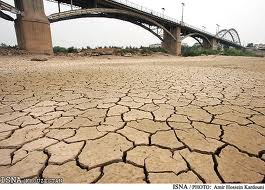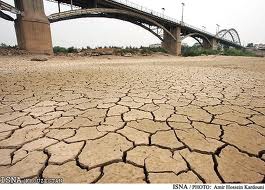 �Tehran, along with 10 other major cities, is at risk of water shortage,� Rahim Meydani told the state-run Fars news agency. Iran�s 77 million residents need to be �mindful of their water consumption given the decrease in rain and water levels behind dams.�
�Tehran, along with 10 other major cities, is at risk of water shortage,� Rahim Meydani told the state-run Fars news agency. Iran�s 77 million residents need to be �mindful of their water consumption given the decrease in rain and water levels behind dams.�Curbing consumption by 10 percent to 20 percent will help the government supply drinking water to cities, where levels in reservoirs since the Iranian year started March 21 are one-tenth lower than a year earlier, the deputy minister said.
Major Iranian cities including the capital as well as Esfahan, Shiraz, Mashhad, Hamedan, Kerman, Yazd, Qom and Qazvin, or about 37 million Iranians, are most at risk of water shortages within months, according to Meydani.
Urmia, the Middle East�s largest lake in northwestern Iran, has shrunk 85 percent the past two decades due to drought and increased water diversion for crops, Mehr said April 9.
Water management is one of Iran�s main environmental challenges, Gary Lewis, the United Nations resident coordinator in Iran, said last January in London. Iran is the fourth-largest oil producer in the Organization of Petroleum Exporting Countries.
President Hassan Rouhani has called for a national water-conservation plan to address Iran�s �historic� shortage. City tap water is overused, farmers must become more efficient and use irrigation, and illegal drilling of wells curbed that deplete underground sources, he said in October.
Annual per-capita water availability has fallen from a high of 7,000 cubic meters in 1956 to 1,900 cubic meters today, the UN�s Lewis said. By 2020, this will drop to 1,300 cubic meters. �There you have the alarming trend for water stress,� he said.
By Bloomberg
The Iran Project is not responsible for the content of quoted articles.











